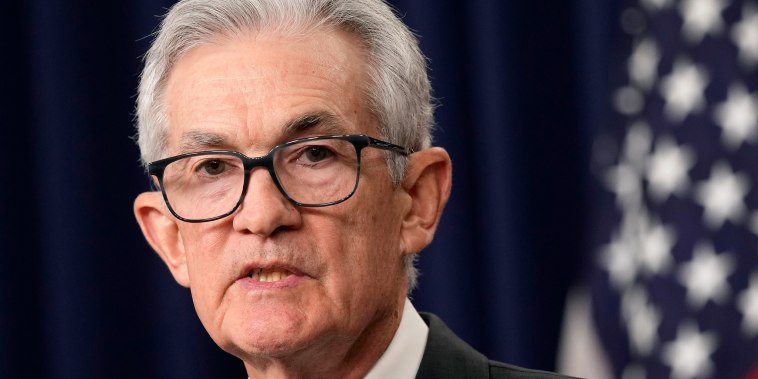In recent times, the Federal Reserve has come under scrutiny for its decision to keep interest rates higher for longer. While this policy may seem counterintuitive to many, there are some compelling arguments to suggest that this approach may have its merits.
One of the key reasons often cited for the Fed opting to maintain higher interest rates is to prevent the economy from overheating. By keeping borrowing costs higher, the Fed aims to moderate economic growth and inflationary pressures. This can help to avoid the pitfalls of an economy growing too rapidly, which can lead to asset bubbles and ultimately result in a destabilizing crash.
Moreover, higher interest rates can be beneficial for savers and investors. When interest rates are elevated, it can translate to higher returns on savings accounts, certificates of deposit, and other interest-bearing investments. This can incentivize saving and discourage excessive risk-taking, promoting a more sustainable approach to wealth accumulation.
Additionally, higher interest rates can help to stabilize financial markets. By increasing the cost of borrowing, the Fed can dampen speculative activities and promote more prudent lending practices. This can reduce the likelihood of financial bubbles forming, which can have catastrophic consequences when they burst.
Furthermore, maintaining higher interest rates can bolster the US dollar. A stronger dollar can make imports cheaper, helping to contain inflationary pressures. It can also attract foreign investment, as higher interest rates may make US assets more attractive relative to those in other countries. This can contribute to capital inflows and support the overall health of the economy.
Critics of the Fed’s decision to keep rates higher for longer argue that it can stifle economic growth and limit the ability of businesses and individuals to access credit. While this is a valid concern, it is important to recognize that the Fed’s primary mandate is to ensure price stability and full employment. By managing interest rates judiciously, the Fed aims to strike a balance between supporting economic growth and maintaining a stable economic environment.
In conclusion, while the Fed’s decision to keep interest rates higher for longer may not be without its challenges, there are compelling reasons to suggest that this approach may be beneficial in the long run. By preventing the economy from overheating, promoting financial stability, and supporting the US dollar, higher interest rates can play a crucial role in fostering a healthy and sustainable economic environment.




























